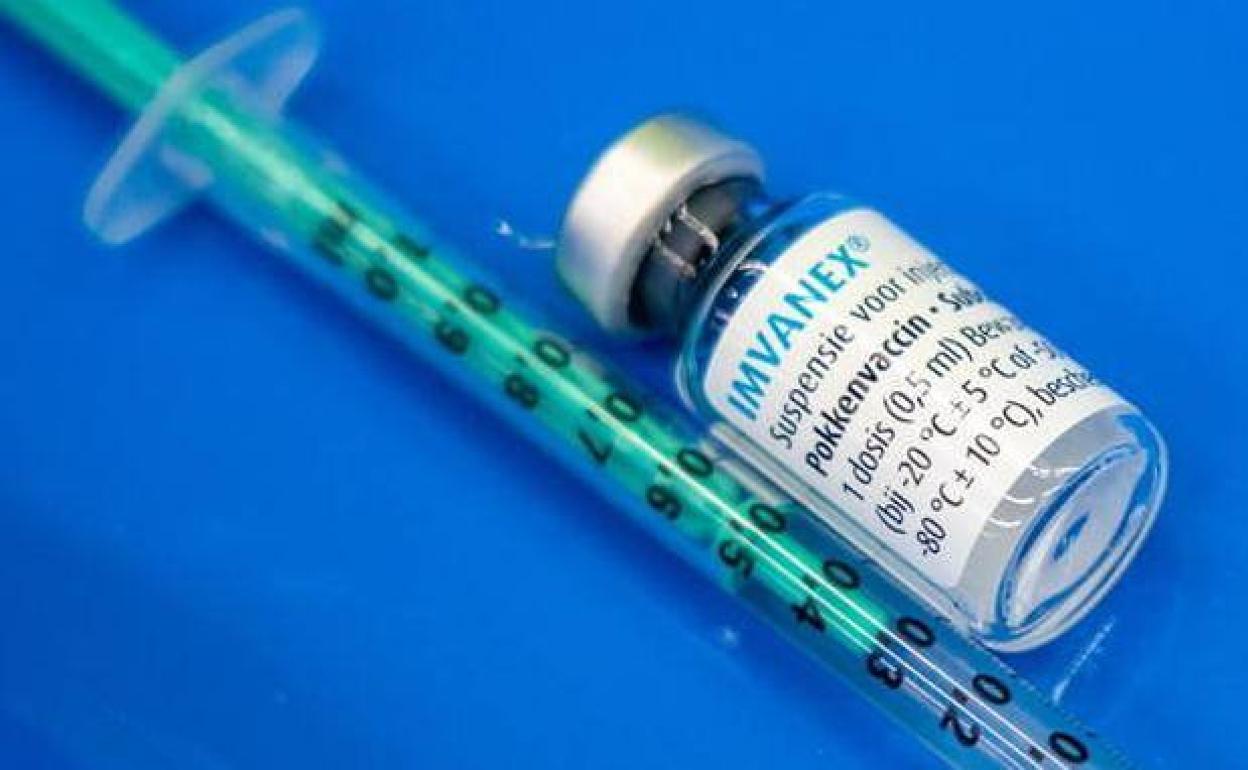Spain authorises each vial of monkeypox vaccine to be divided into five doses
There have been 6,119 recorded cases of the virus in the country so far and this will mean that more people can be given the vaccine
EUROPA PRESS
Madrid
Monday, 22 August 2022, 18:57
Spain’s Public Health Commission has unanimously agreed that each vial of the Imvanex monkeypox vaccine should be divided into five doses in order to increase the number of people who can be vaccinated.
The Ministry of Health said on Monday 22 August, that 0.1 ml of the vaccine will now be administered intradermally to over-18s in cases of pre-exposure and post-exposure to the virus, with the exception of pregnant woman and the immunocompromised, who will continue to be given a 0.5 ml dose subcutaneously.
Imvanex is authorised for two subcutaneous 0.5 ml doses, given at least four weeks apart. However, a clinical study of 500 adults concluded that smaller doses administered intradermally (beneath the most external layer of the skin) can be equally as effective. The result of this study led the USA to start dividing each vial of the vaccine into five doses several weeks ago.
Because of the worldwide shortage of this vaccine and the inability of the producer, Bavarian Nordic, to make enough in the short term to meet demand, this measure will ensure that more people can be vaccinated against monkeypox.
On Monday Spain received a further 5,000 doses of Invamex, after the 5,300 doses in June and more than 7,000 earlier this month. The country will now have over 17,000 doses, but this would not have been sufficient if the division had not been authorised.
According to figures released on Friday 19 August there have been 6,119 confirmed cases of monkeypox recorded in Spain, 327 more than the previous Tuesday.
By region, Madrid has recorded 2,216 cases of monkeypox, and Catalonia 1,825. Andalucía (739), Valencia (405), the Basque Country (188), Balearic Islands (169) and Canary Islands (144) are still below the 1,000 barrier, while in Galicia (95), Aragón (61), Castilla y León (57), Asturias (55), Castilla-La Mancha (44), Murcia (42), Extremadura (30), Cantabria (29), Navarra (16) and La Rioja (4) there have been fewer than 100 cases, and in Ceuta and Melilla none at all.
